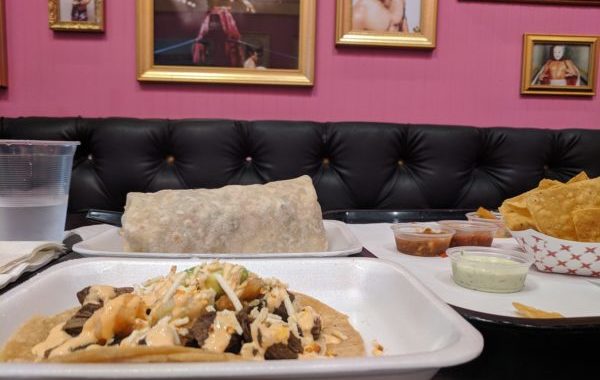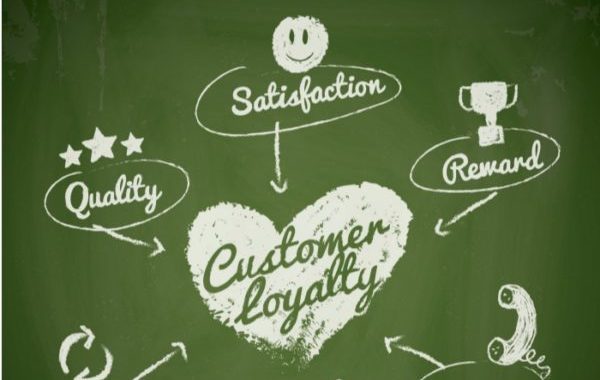
How the Customer Journey Has Changed in the Last Decade
Only nine years ago, direct mail accounted for more than half of all ad spend in the US. It worked pretty well, generating large amounts of money for direct mail advertisers.
And what did it mean for the customer journey?
Well, first of all, the customers didn’t enjoy that journey. They considered it to be rather unpleasant and they even coined the term “junk mail” to refer to the piles of unsolicited advertising material that was filling up their mailboxes every single day.
But not only that.
They disliked it so much that it led them to ask the government for protection.
And the government responded in 2003 with CAN-SPAM Act which, among other things, made it illegal for advertisers to send “junk mail” to those customers who opted-out from receiving it.
Today, the customer is more empowered than ever, and the customer journey should reflect that.
The customer journey today is more or less completely digitalized, there’s more information available than ever, feedback from customers is louder than ever, and brand loyalty doesn’t play such a big role in the buyer decision process when it’s so easy to search for an alternative.
Shift from a Funnel to a Loop
The traditional customer journey was depicted as a funnel.
That kind of journey starts with a general awareness of many different brands offering the same product.
In that phase, the customer hasn’t made a single decision yet. Typically, he was interrupted while watching TV or browsing the web with ads that made him aware of different options. Some of those ads stuck, and some of them didn’t.
In other words, he became familiar with some of the brands, and he got into the next phase – consideration.
That’s the part of the customer journey where publishing high-quality content becomes very important for brands. Without blog posts, case studies, webinars, etc. on your website, a customer won’t have any material for research, so he will be more likely to consider some other brand that gives him that content so he can make a more informed decision later in the process.
Therefore, the next phase is the decision-making phase.
That’s where the conversion happens. The customer is (more or less) informed about products and now he needs the final confirmation about which product or which company will serve his needs the best.
For that purpose, he can use reviews, consultations with the sales team, live demos, and so on, depending on the industry and the product itself. This is the trickiest phase so far because, unlike before, attractive, memorable ads and informative content aren’t enough. The trust must be established if the sale is to be made.
Apart from establishing trust, brands can offer different incentives in this phase: coupons, free trials, etc.
In the next phase, after the first sale, the goal is to retain the customer, i.e. to get repeat sales from him. It’s a bit easier to get the next sale after the initial one was made, but only if the expectations from the consideration and decision phase are met after the purchase.
The expectations are met if the product was doing what it’s supposed to and if the customer service was reliable and fast.
Since this is a funnel, most of the people who were aware of a brand won’t become its customers, and not all customers are going to repeat their purchase.
But an even smaller fraction of them will become brand advocates, recommending the product to their friends on social media, which should be the ultimate destination of every customer journey.
However, according to research by McKinsey and Co, things don’t work that way anymore.
If they ever did.
Understand the Infinite Loop of Buyer Decision-Making
An infinite loop is “a piece of coding that lacks a functional exit so that it repeats indefinitely.” In this context, it means that there is no ultimate goal in the customer journey.
The goal, in fact, always stays the same. Even after the initial purchase.
The goal is always to get your customer into the consideration phase so he can evaluate your product against others. Thus, the general idea of getting repeated sales is not abandoned in this new model, but instead, it is presented more realistically.
After the initial purchase, the customer comes back as just another prospect. He may be more likely to buy again, but it doesn’t make the consideration phase substantially different. He will again rely on content to guide his decision. It’s just that the content needs to be tailored differently for the new prospect and for the buyer considering his next purchase.
The Importance of Content
In the old days of direct mail and early internet marketing, when the customer journey was presented as a funnel, there was no big difference between content and copy.
Almost every written word in advertising had a goal of pushing the customer to the next phase as far as possible. Especially when selling cheaper products, marketers weren’t paying much attention to the consideration phase.
And the advocacy wasn’t emphasized because regular customers weren’t publishing daily content for others to see.
Today, however, things are radically different.
With a new model of the customer journey, marketers better understand how crucial the consideration phase is and how to use brand advocacy in the form of reviews and referrals.
They are creating different types of content to educate the prospect and they’re incentivizing the creation of so-called user-generated content (UGC.)
They are establishing authority and thought leadership by writing guest posts on influential blogs. That type of post can be considered as a pinnacle of non-sales-oriented, informational content that helps the prospect to move from awareness through consideration to the decision-making phase.
The logic behind that is simple.
In the consideration phase, the prospect needs information. If he doesn’t get it, he won’t move into the next phase. But if you can give that information to him, he’s not only more likely to move in the next phase, he’s also more likely to make your brand his primary option.
For example, if you’ve explained the difference between ERP and CRM to the small business owner in a need of automation tool, whose brand name is he going to Google: yours or the brand name of your competitor who he doesn’t perceive as an authority in automation software?
Since the customer journey is not a funnel, but a loop, the utility of quality content doesn’t end after the initial purchase.
After that, you need to provide the customer with content aimed at increasing the likelihood of cross-selling and up-selling. This can be done by answering questions on how to use the product and by deepening his knowledge about your industry.
In the end, there’s UGC. You can incentivize its creation by organizing, for example, a photo contest featuring your product. That way, existing customers will bring additional entertainment value to your content on social media and offer social proof to those who haven’t bought from you yet.
Conclusion
Customers these days have more power than ever and it’s reflected in the way that marketers present the customer journey and in the way they treat both the prospect and existing customer during that journey.
Creating high-quality content is a must for any brand that aims to survive among fierce competition in a market where brand loyalty is rare and every sale is well-deserved.
Frank Evans is a freelance writer based in Minneapolis. He writes about marketing, technology, and his hobbies: pets and camping. When he’s not writing, you can find him on a long walk with his dog Dexter or on a camping trip with his girlfriend. Among other places, you can find the posts he wrote on the ECOMSILVER blog.



